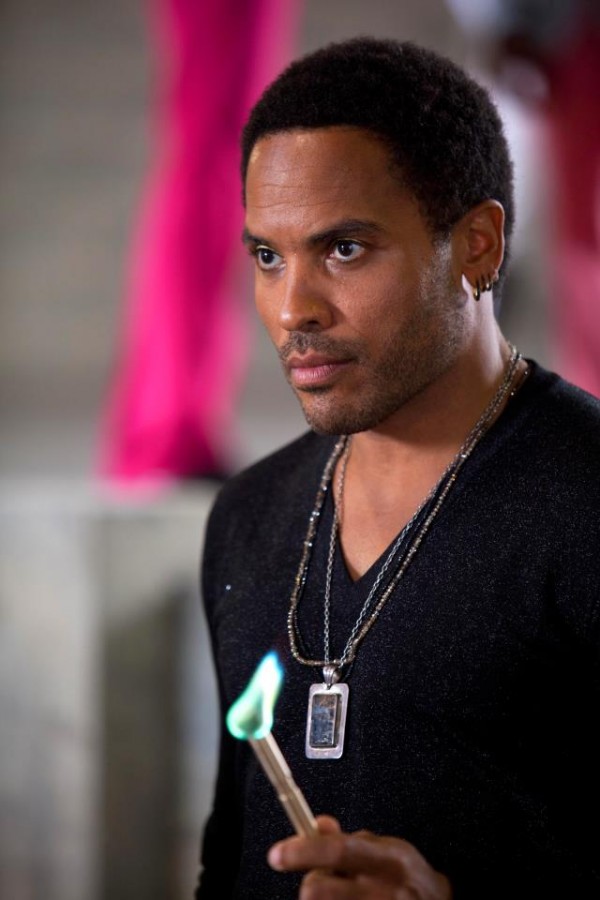Another popular site that has a study guide to The Kite Runner is Spark Notes. Here’s an extract from the guide on redemption:
The Search For Redemption
Amir’s quest to redeem himself makes up the heart of the novel. Early on, Amir strives to redeem himself in Baba’s eyes, primarily because his mother died giving birth to him, and he feels responsible. To redeem himself to Baba, Amir thinks he must win the kite-tournament and bring Baba the losing kite, both of which are inciting incidents that set the rest of the novel in motion. The more substantial part of Amir’s search for redemption, however, stems from his guilt regarding Hassan. That guilt drives the climactic events of the story, including Amir’s journey to Kabul to find Sohrab and his confrontation with Assef. The moral standard Amir must meet to earn his redemption is set early in the book, when Baba says that a boy who doesn’t stand up for himself becomes a man who can’t stand up to anything. As a boy, Amir fails to stand up for himself. As an adult, he can only redeem himself by proving he has the courage to stand up for what is right.


